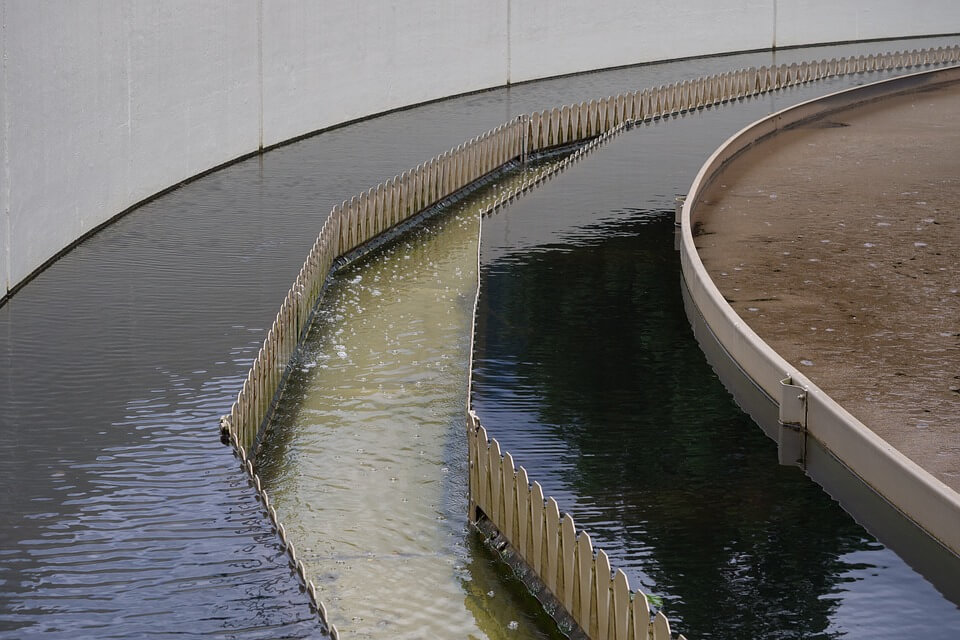What Does Hydraulic Capacity Mean?
Hydraulic capacity refers to a wastewater treatment facility's ability to maintain or pass a given flow rate and is determined by the pressure difference that exists through different treatment stages. It is an essential measurement for sewer and water treatment plants.
A 2005 NIH study detailed the effects of insufficient hydraulic capacity on deteriorating sewer systems. It stated that the possible consequences of insufficient hydraulic capacity include structural failures, local floods, surface erosion, and pollution of receiving water bodies.
Trenchlesspedia Explains Hydraulic Capacity
 a
a
Wastewater systems are often constrained due to capacity issues, error in design, and age of pipes leading to local flooding, erosion, pollution, and structural failures. To tackle this issue, the sewage treatment facility should be assessed for maximum hydraulic capacity under the most extreme conditions. In theory, sewage treatment plants hydraulic capacity assessment depends on the average annual daily flow rate.The plant is designed considering flow rates, wastewater characteristics, and peaking factors.
Wastewater Capacity Analysis
The actual capacity of a treatment plant is different from the designed capacity because of the difference in actual influent quality to designed quality, and margin of construction.Previously, the capacity of wastewater treatment facilities was given in terms of population equivalent and hydraulic load or the mass load of carbon (BOD/ COD).
However; this method does not consider assumptions used in the design, the variability of the influent, and operating conditions. The factors that determine a plant's capacity are variable and unpredictable in nature, therefore, designers resort to analytical rules to ensure that the plant works under all conditions except the most unusual.
Factors involved in the capacity analysis of wastewater treatment plant include:
Existing and proposed infrastructure available.
Tank volumes and equipment capacity - Physical constraints.
Sludge age and recycling rates - Operational factors.
License constraints.
As population growth increases in cities, the need for larger and better treatment plants is becoming crucial. The excess flow is taking a toll on the designed hydraulic capacity of existing wastewater treatment plants. Every day new pipelines are being connected to the main sewers which are unloading wastewater into plants that are designed for lesser loads. This ultimately leads to capacity issues, local flooding, erosion, pollution, and structural failures.
 a
a






